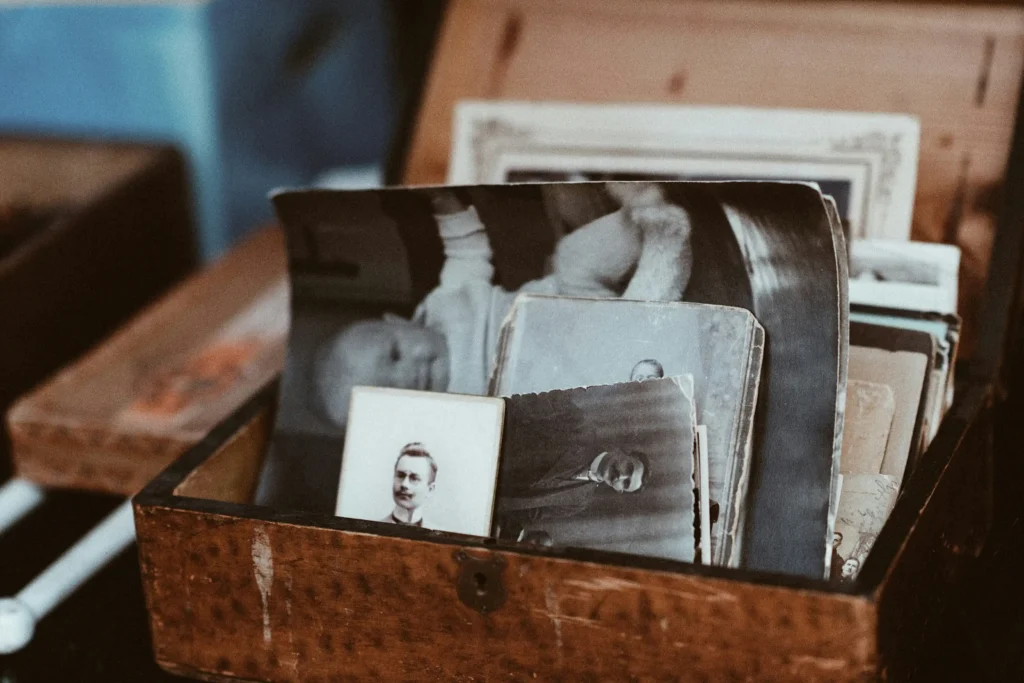Sometimes in our relationships, we feel things that don’t quite match the reality of the other person. For instance, we might believe someone is ignoring us when, in fact, they’re not. These reactions often stem from past emotional experiences, especially from childhood. In psychotherapy, this phenomenon is known as transference—the unconscious redirection of feelings from earlier significant relationships onto people in the present (Freud, 1912/1958).
Freud viewed transference as a central dynamic in therapy, where patients unconsciously project past feelings—often toward parental figures—onto the therapist. While it may distort reality, Freud believed that working through transference allows access to the unconscious and facilitates healing.
Later theorists, like Kohut (1971) and those in the object relations school, offered a deeper understanding. They suggested that transference is not merely a distortion but an expression of unmet developmental needs. For example, a person who lacked emotional validation as a child may unconsciously seek intense affirmation from their therapist. Any perceived distance or neutrality may feel like rejection (Mitchell & Black, 1995).
In such moments, what we hear from others is often reshaped by past experience. We may not truly listen to what is said, but instead filter it through old emotional patterns. This leads to misunderstanding, conflict, and, in many cases, the re-creation of painful relationship dynamics. Instead of building a new, healthy connection, we end up repeating our past (Kohut, 1977).
What sets therapy apart from everyday relationships is the therapist’s capacity to recognize these patterns and help the client become aware of them. The therapist acts as an emotionally attuned observer, trained to hold and understand difficult feelings without reacting defensively (Gabbard, 2021).
Wilfred Bion, a British psychoanalyst, emphasized the importance of “learning from experience” and “thinking without memory or desire.” He proposed the idea of containment, where the therapist takes in the raw emotional states of the patient, processes them internally, and reflects them back in a more digestible form (Bion, 1962). This reflective process allows the patient to make sense of their emotions and gain insight.
Empathy also plays a crucial role. Kohut (1984) regarded empathy not just as a therapeutic tool but as the very foundation of healing. It is through feeling understood and emotionally held that clients can begin to repair their sense of self.
When therapy is grounded in empathy, mindful observation, and an understanding of transference, it becomes a unique space where individuals can re-author their inner narratives. Rather than being trapped by past wounds, clients are given the chance to create more meaningful, balanced relationships—with others and with themselves.
Resources (APA 7)
- Bion, W. R. (1962). Learning from experience. London: Heinemann.
- Freud, S. (1958). The dynamics of transference. In J. Strachey (Ed. & Trans.), The standard edition of the complete psychological works of Sigmund Freud (Vol. 12, pp. 97–108). London: Hogarth Press. (Original work published 1912)
- Gabbard, G. O. (2021). Psychodynamic psychiatry in clinical practice (6th ed.). Washington, DC: American Psychiatric Publishing.
- Kohut, H. (1971). The analysis of the self. New York: International Universities Press.
- Kohut, H. (1977). The restoration of the self. New York: International Universities Press.
- Kohut, H. (1984). How does analysis cure? Chicago: University of Chicago Press.
- Mitchell, S. A., & Black, M. J. (1995). Freud and beyond: A history of modern psychoanalytic thought. New York: Basic Books.







